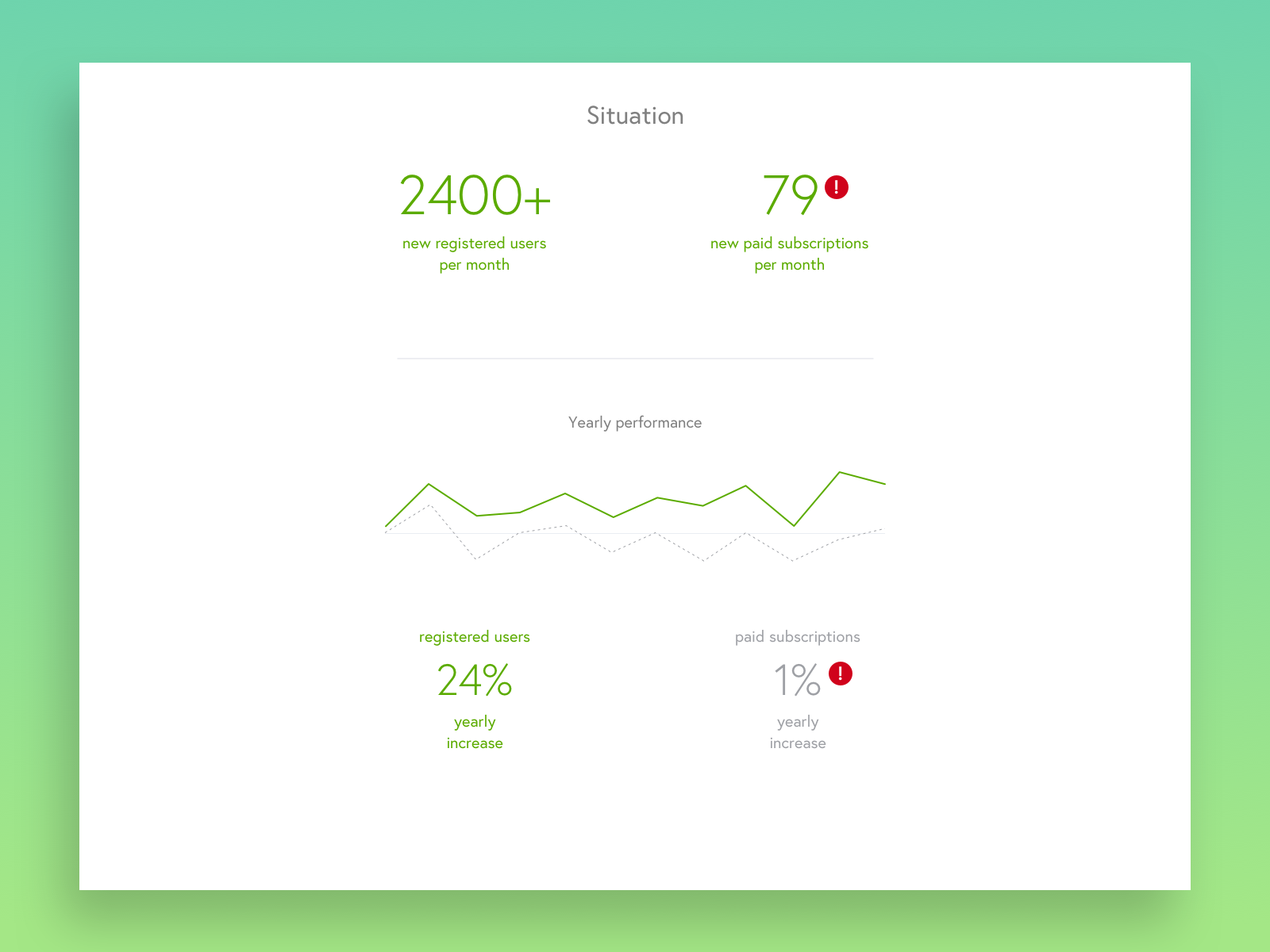
Improving Abel & Cole, UK's leading organic online retailer
UX research and conversion rate optimization for UK’s leading all organic delivery pioneer, which started back in 1988. I was hired to take another look for reasons behind a poor conversion rate of boxed products — a particular category of products that you buy with a subscription. In other words, users would purchase a subscription for fresh fruit and vegetables and these boxes would be delivered to their doorstep every week.
The demand for subscriptions was weaker than expected — an in-depth business analysis forecasted a much stronger demand, and I was tasked with founding out whether there were any UX issues behind a low demand.
My role: Design lead and advisor. There were 2 other designers in the team, 2 developers and 1 QA.

Abel & Cole video that shows what it is all about.

Context
Although it’s a very well known brand, Abel & Cole did have a difficulty in attracting customers willing to pay for subscriptions of fresh produce in boxes. Users can create an account to buy fresh organic food on demand, but their primary business model at that time was to sell subscriptions for weekly boxes of organic fruit and vegetables. As the chart clearly shows, there was a discrepancy between free accounts being created and paid subscriptions. The average conversion rate was just 3.9%!

Challenge
Following my initiative, the management gave me a green light to take another look at the typical user flow and use cases to identify potential issues that might be behind lower than expected rate of subscriptions. I got a team of 2 developers for just three weeks.

Look and feel of a typical product page.

The main challenge was — how do you identify users that bail? There’s no way to track intention, and usability testing does not always work since typical users are in a very different environment. So I devised a plan to identify users that plan to bail based on their cursor movements. Once they reach a top of the page in an intent to close the window or to go back to the previous page, we would display a very simple overlay with a straightforward question. Besides, we had a timer which would also track time spent on this page, prompting the user with a question after a particular time. This supplement to the page was very simple to code and execute, requiring minimal overheads.

Within just one week, results were in, and one thing was sure — people were mad. Furthermore, a lot of subscribers said nothing about the price. Abel&Cole’s clients were furious because there was no way for them to see what will be included in the box each week. Plus, we got some nasty comments and even some comments that were in ALL CAPS. After just ten days it was clear what we needed to do.

Solutions
After these results, the solution was now obvious — we had to make sure users know what’s in this week’s box concisely and transparently. I added a module called ‘In this week’s box’ to make clear what is inside, and in Q2 of 2018 we added a set of customization options, allowing users to edit contents of each box based on their preference and need.

This shows ‘In this weeks' box’ positioned below a short product description, giving users a clear indication of what is included in this week’s box.

These solutions were reflected on a bottom line in Q2 2018, showing significant growth in conversion rate, specifically in a total number of new paid subscriptions per month. The figure rose from just 3.2% to 12.3% thanks to improvements that were implemented.